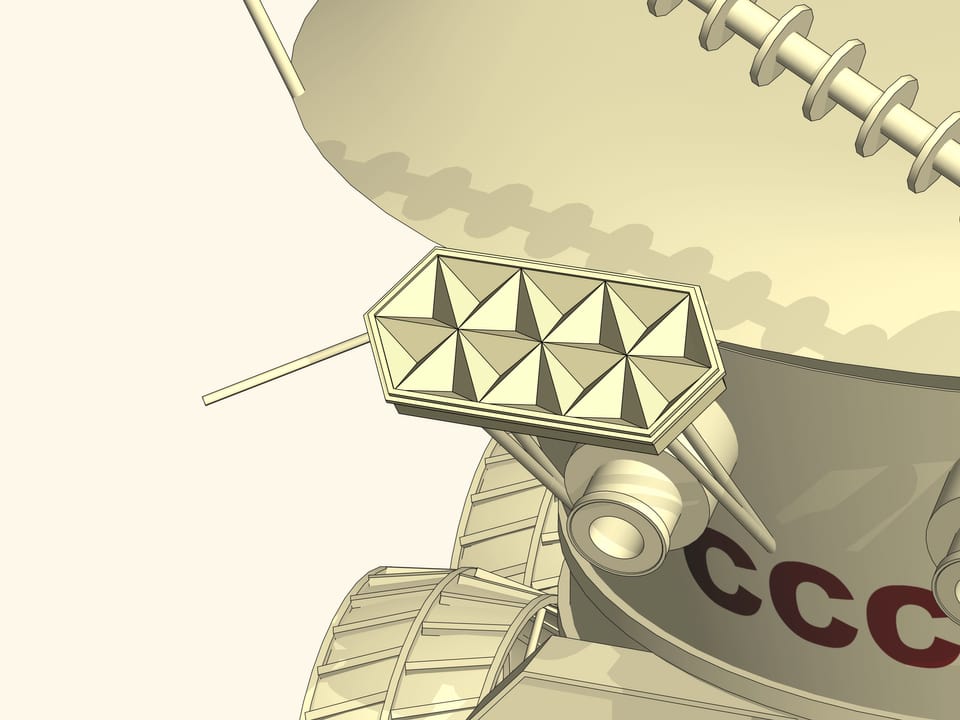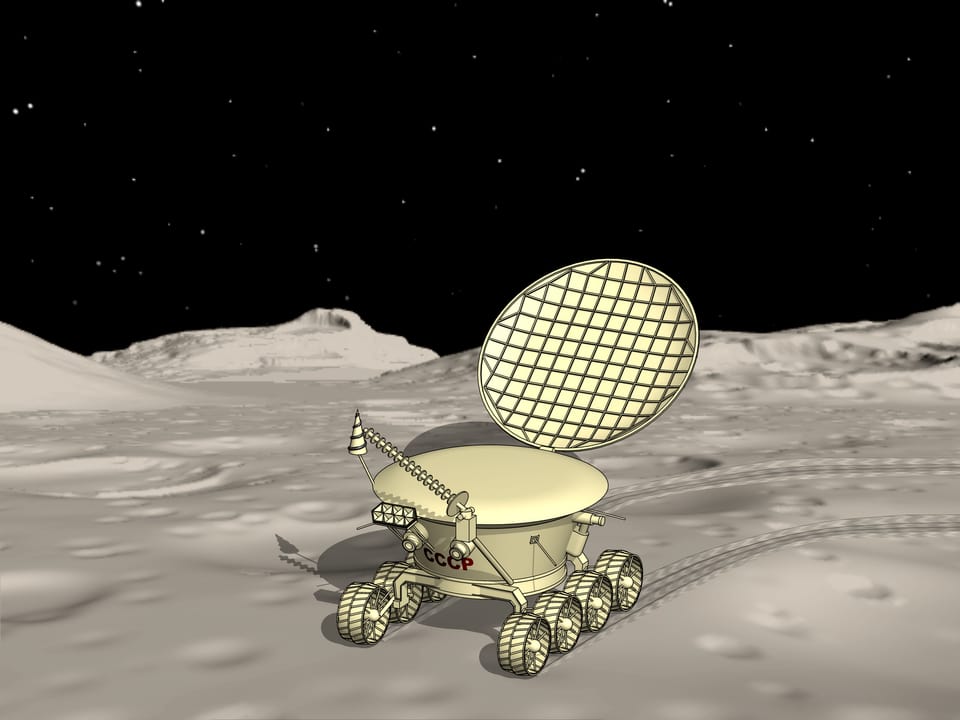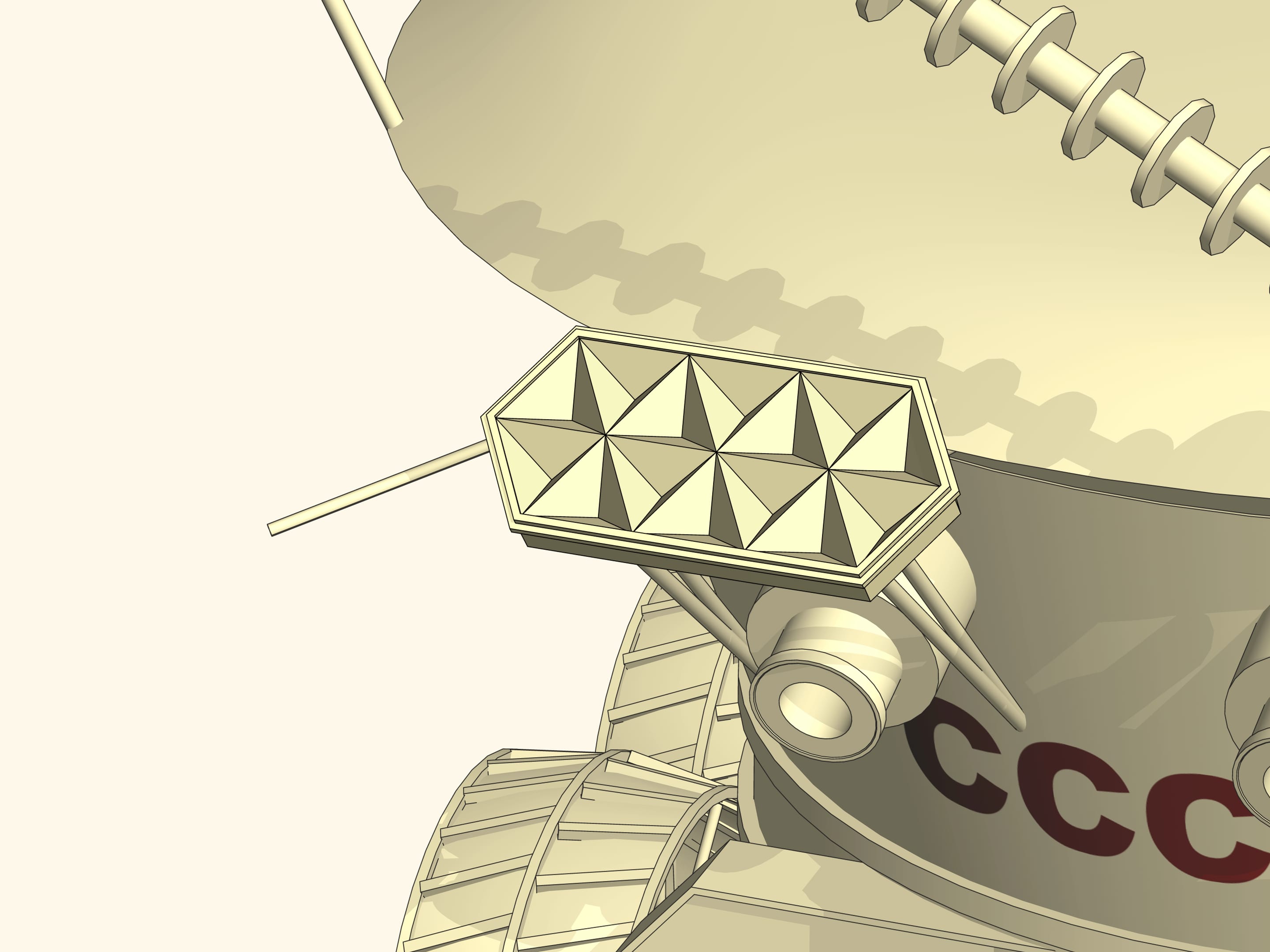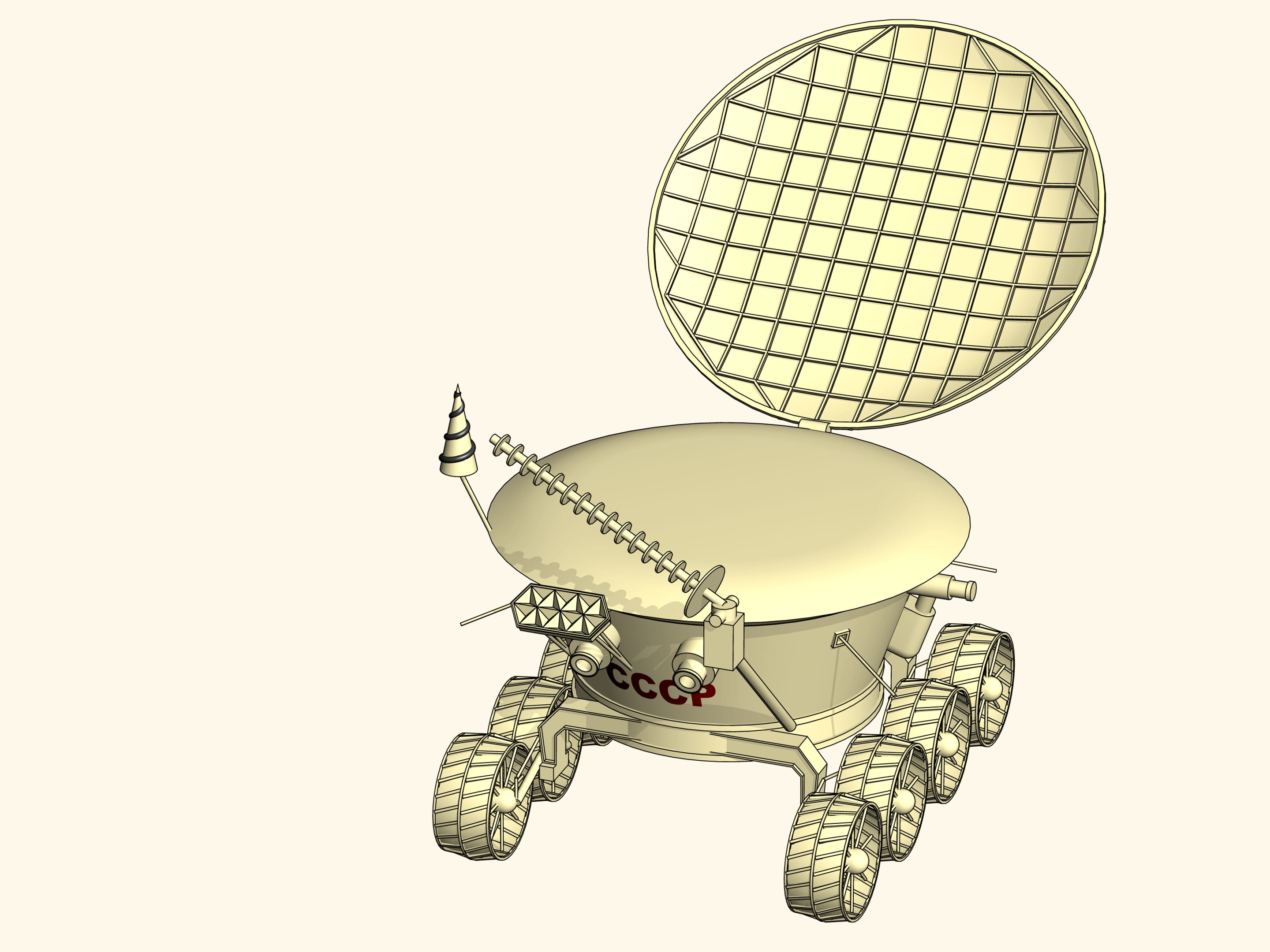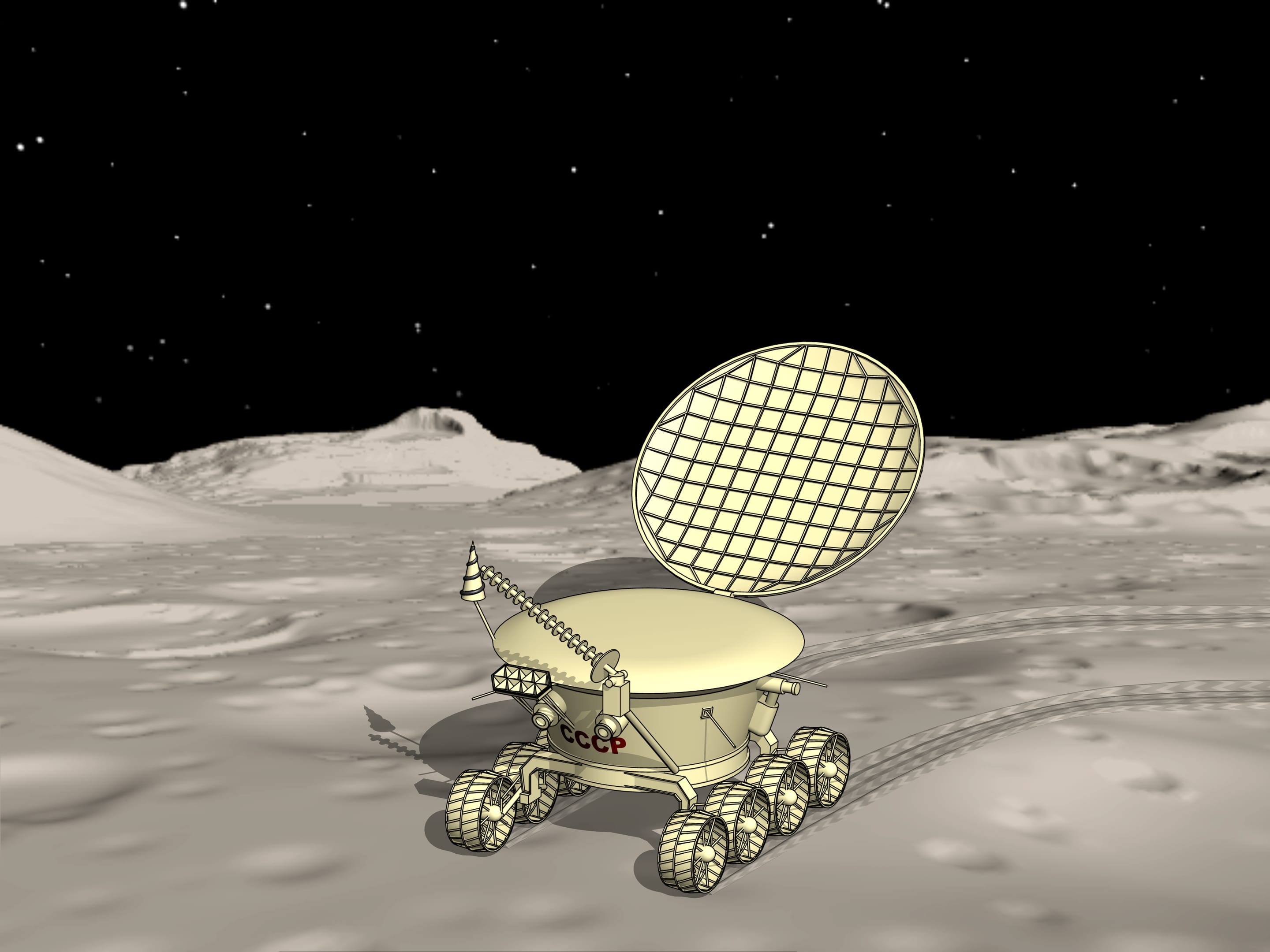Everyone knows that there is no light emitter in the cat's eyes attached to the bicycle wheels. However, a driver passing by the cyclist sees the cat's eye very well when it's in the light of his car. Have you ever thought that late pedestrians may not see the light of the reflector? It may seem amazing, but the cat's eye properties are based on simple geometric facts.
As we know from geometric optics, a ray reflects according to the law "the angle of reflection equals the angle of incidence".
Consider the plane case: two mirrors at right angles. A ray in this plane falling on one of the mirrors, after reflecting from the second returns in the same direction it came from. Check it computing the angles or analyzing the direction vector of the ray.
To get a similar effect in our ordinary three-dimensional space we need to place the mirrors in pairwise orthogonal planes. Take a corner of a cube with a border forming a regular triangle.
A ray falling on such a mirror system after reflecting from all the planes returns parallel to the incoming ray in the opposite direction. Check it!
This simple geometric device with its properties is called a corner reflector. To use it one makes a battery of such corners increasing the area of reflection. The simplest mathematical ideas are used: we can tile a plane with triangles, so the corner reflectors are easy to attach to each other.
This is how a bicycle or a car cat's eye work. However, this geometric considerations are used in much more technical devices.
On November 17, 1970 a station, called in the message of the main information agency, Telegraph Agency of the Soviet Union (TASS), "Luna-17", landed near the Sea of Rains on the Moon. A soviet apparatus first rut. It was driven from the Earth and one could see a small plot in front of the apparatus. Intended to work during three months, the apparatus worked three times longer: 11 full lunar days. The last communication session with the first lunar rover happened on September 14, 1971. During this period Lunohod-1 passed 100 km 540 m making a circle and returning to its original point.
Surprisingly, Lunohod was equipped corner reflectors! First of all, they allowed every country check the presence of a soviet apparatus on the Moon. And what is more important, such a simple geometric device helped science to measure the distance to the Earth. Scientists from all countries used corner reflectors of Lunohod-1 even in the XXI century.
This is how simple geometric considerations help people starting from everyday questions of safety to studying the Universe.






